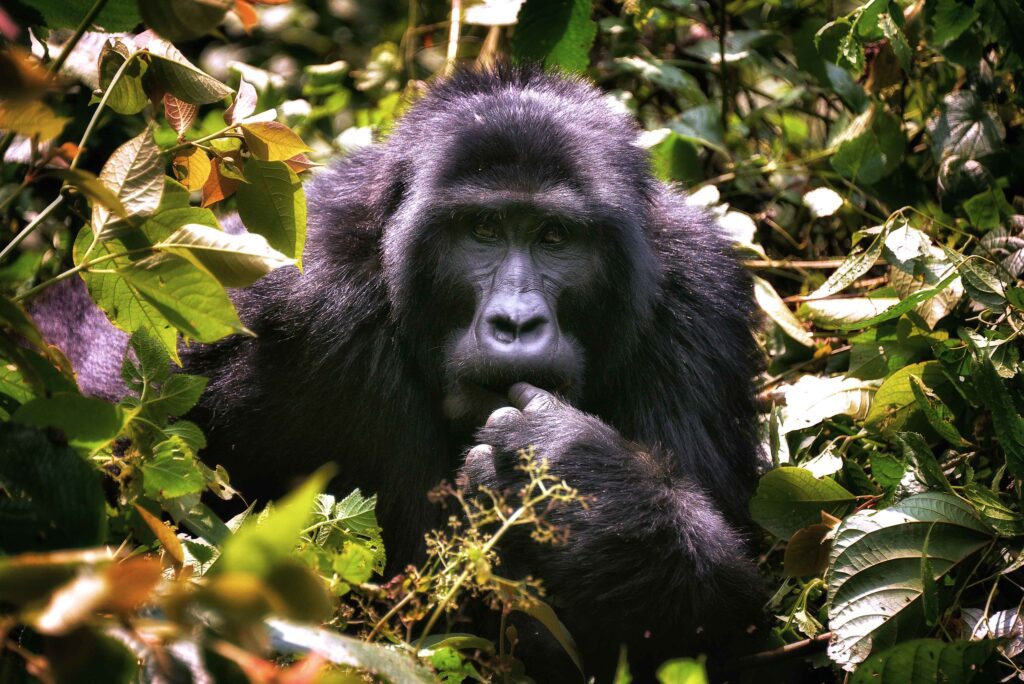
Biodiversity has been declining at an alarming rate in recent years as a result of human activities, including land use changes, pollution, and climate change. According to a 2019 UN report, one million species – out of an estimated eight million – are threatened with extinction. Many scientists warn we are in the middle of the sixth mass extinction event in Earth’s history. Previous mass extinction events wiped out up to 95% of all species and took ecosystems millions of years to recover.
Fortunately, new research indicates that it might not be too late to bend the curve on biodiversity loss. According to the report, which was recently published in the journal Nature, more ambitious conservation measures are needed in order to preserve biodiversity. In addition, more efficient food production and healthier and less wasteful consumption and trade are needed to bend the curve.
If these measures are undertaken with unprecedented ambition and coordination, the research team says the efforts will provide an opportunity to reverse biodiversity loss by 2050.
But even under the best case scenario, ongoing land conversion will lead to further biodiversity losses before the curve starts to bend. In fact, at least one third of projected losses in the coming years are unlikely to be avoided under any scenario. Biodiversity losses were projected to be highest in the regions richest in biodiversity, including South Asia, Southeast Asia, Sub-Saharan Africa, the Caribbean, and Latin America.
The study, which was led by the International Institute for Applied Systems Analysis in Austria, makes it clear that urgent action is needed this decade in order to have any chance of bending the curve.
**********
Web Links
Curbing land clearing for food production is vital to reverse biodiversity declines
Photo, posted November 1, 2017, courtesy of Rod Waddington via Flickr.
Earth Wise is a production of WAMC Northeast Public Radio.
Leave a Reply